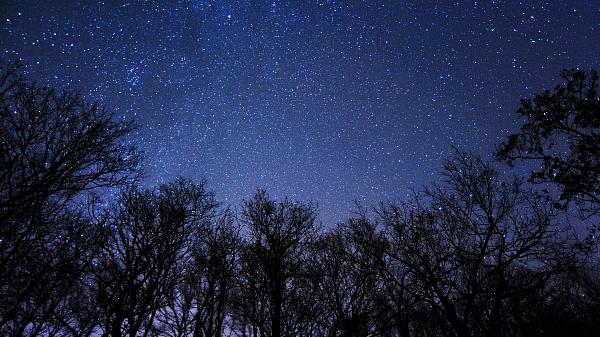When Is the Next Black Moon?
A Black Moon is a special kind of Moon phase. But, if you want to spot a Black Moon, you’re out of luck: they are invisible.

Black Moons aren’t visible in the night sky because they are New Moons.
©iStockphoto.com/AdgPhoto
Rare Black Moon concludes 2024
The next seasonal Black Moon is on August 23, 2025 in most of the world.
What Is a Black Moon?
Black Moons are typically the opposite of Blue Moons. There are two main definitions, a monthly and a seasonal Black Moon:
- Monthly Black Moon: This is defined as the second New Moon in a single calendar month with two New Moons. This is the most common Black Moon and occurs about once every 29 months.
- Seasonal Black Moon: Defined as the third New Moon in a season of four New Moons. These Black Moons are a little rarer and occur about once every 33 months. Earth’s seasons are about three months and typically have three New Moons, but sometimes a season has four New Moons, and the third New Moon is called a Black Moon. It is thought that it is the third New Moon because this definition is the exact counterpart to the original definition of a Blue Moon.
Date Depends on Time Zone
A Black Moon is not an official astronomical term but refers to rare New Moon occurrences in our calendar. Because a New Moon is defined as the moment in time when the Sun, the Moon, and Earth are aligned, Black Moons can happen in different months depending on the time zone.
Unfortunately, like any other New Moon, it will be invisible in the sky. This is because the Moon is between Earth and the Sun in its orbit at this Moon phase. Its unilluminated side faces Earth, and only the far side is illuminated.
Another reason the New Moon can’t be seen is that it occurs at the place in the Moon’s orbit when it passes through the same part of the sky as the Sun and is lost in the glare of the sunlight.
Video: How do Moon phases work?
Other Definitions of a Black Moon
A rare occurrence where there is either no no New Moon or no Full Moon in February is sometimes referred to as a Black Moon. Both can only happen in February, as this is the only calendar month shorter than a lunar month, and their occurrence depends on time zones.
Once every 19 years, there is no New Moon in February. When this occurs, both January and March have two New Moons instead of just one. In New York, for example, the next time this happens will be in 2033, while the last time was in 2014.
Similarly, once every 19 years, February does not have a Full Moon. Instead, there are two Full Moons in January and March, also known as a double Blue Moon. Again taking New York as an example, the next Black Moon by this definition will occur in 2037, while the last one was in 2018.
When Can I See a Black Moon?
If a Black Moon is an invisible New Moon, when can we actually see it? There are a few times a year one can see the New Moon in the day sky—during a solar eclipse.
2–5 times a year, the New Moon comes between Earth and the Sun, and the New Moon—or at least a part of it—is then visible as a silhouette in front of the Sun. This happened on August 21, 2017, when a seasonal Black Moon covered the Sun for a total solar eclipse known as the Great American Eclipse.
Significant in Pagan Culture
Black Moons hold special significance to people who practice certain forms of Pagan religions and who believe certain actions become more potent when performed on the night of a Black Moon.
In recent years, the term has been made popular by social media, astrologers, and followers of the Wiccan religion.